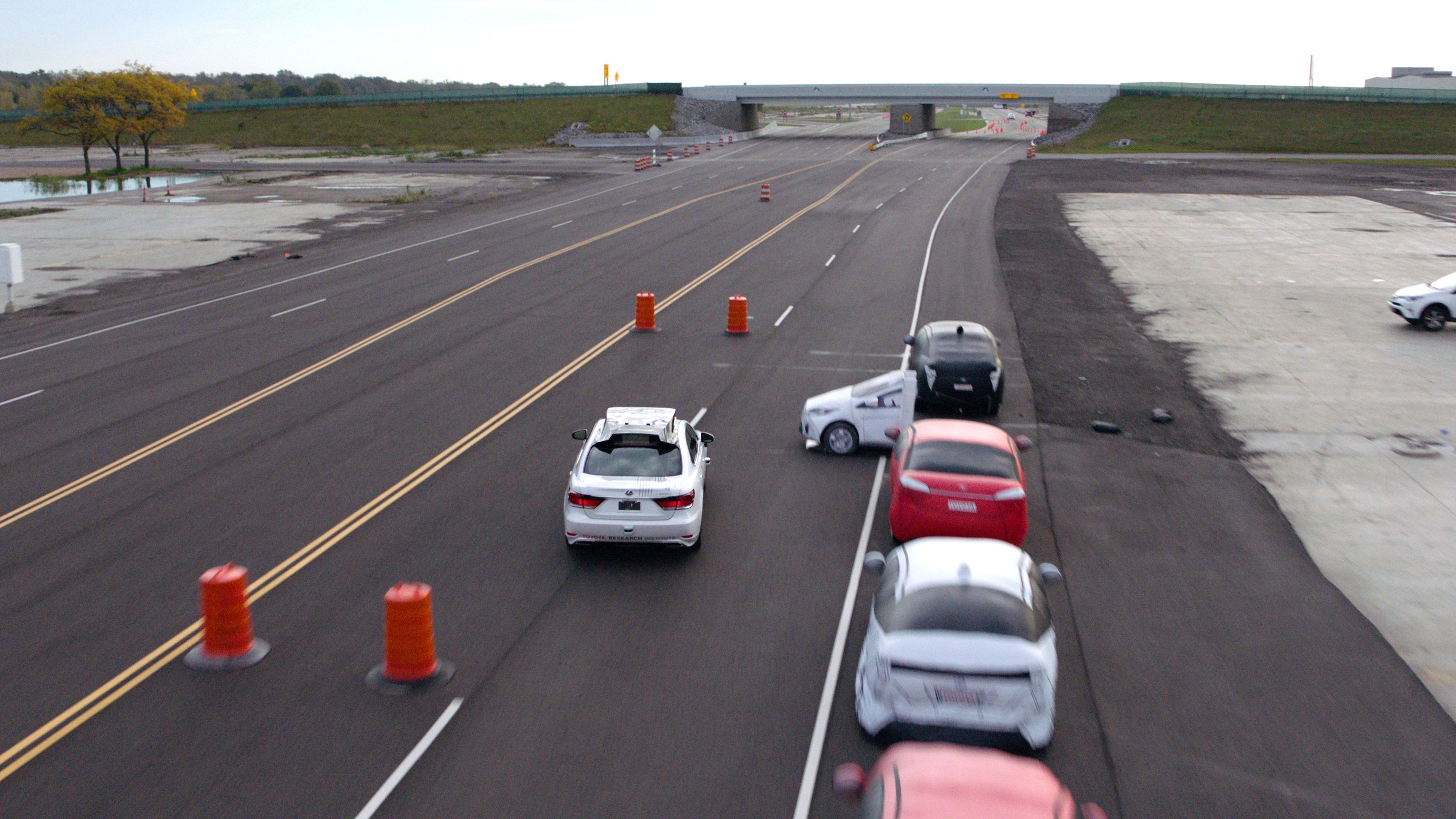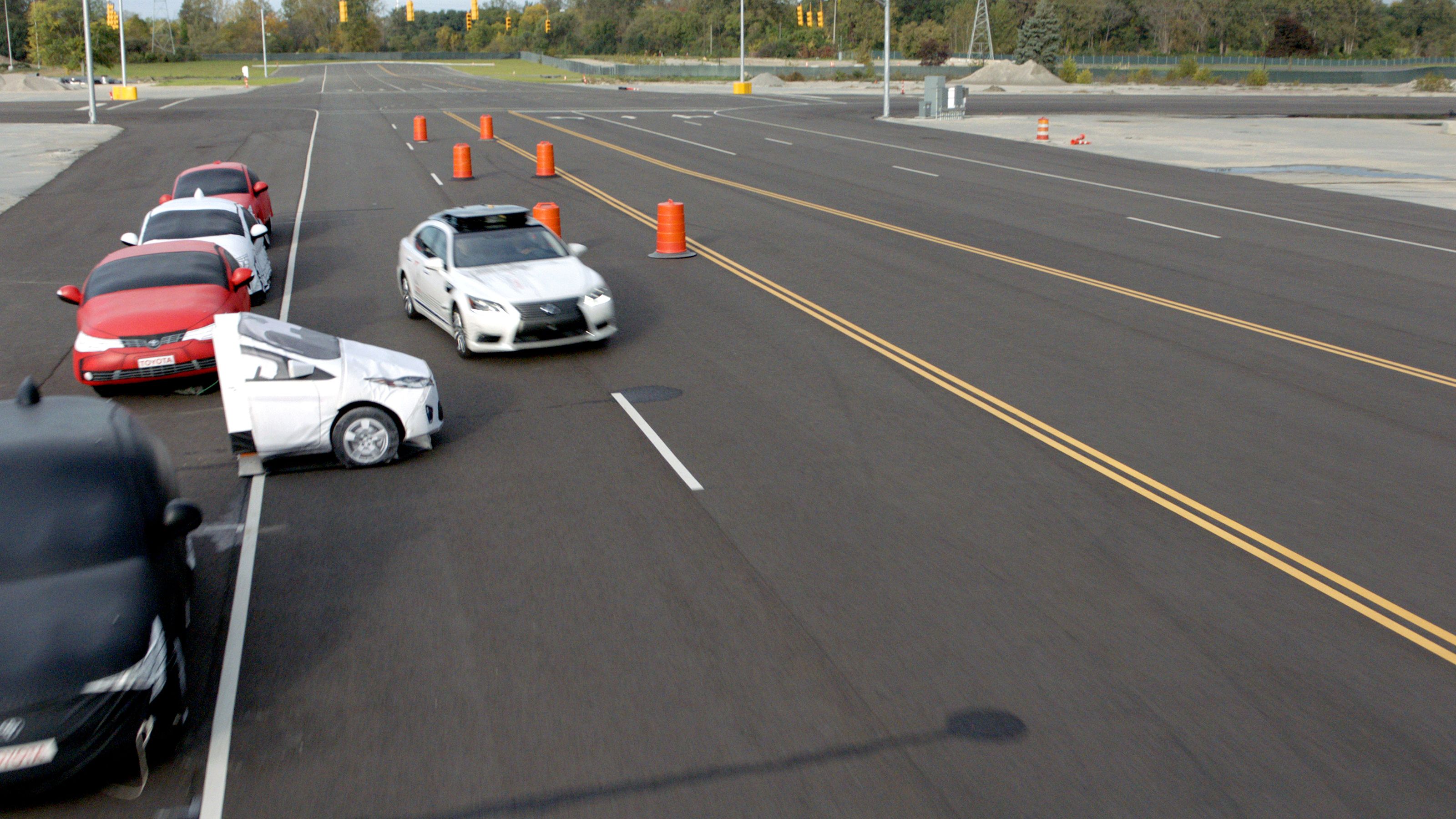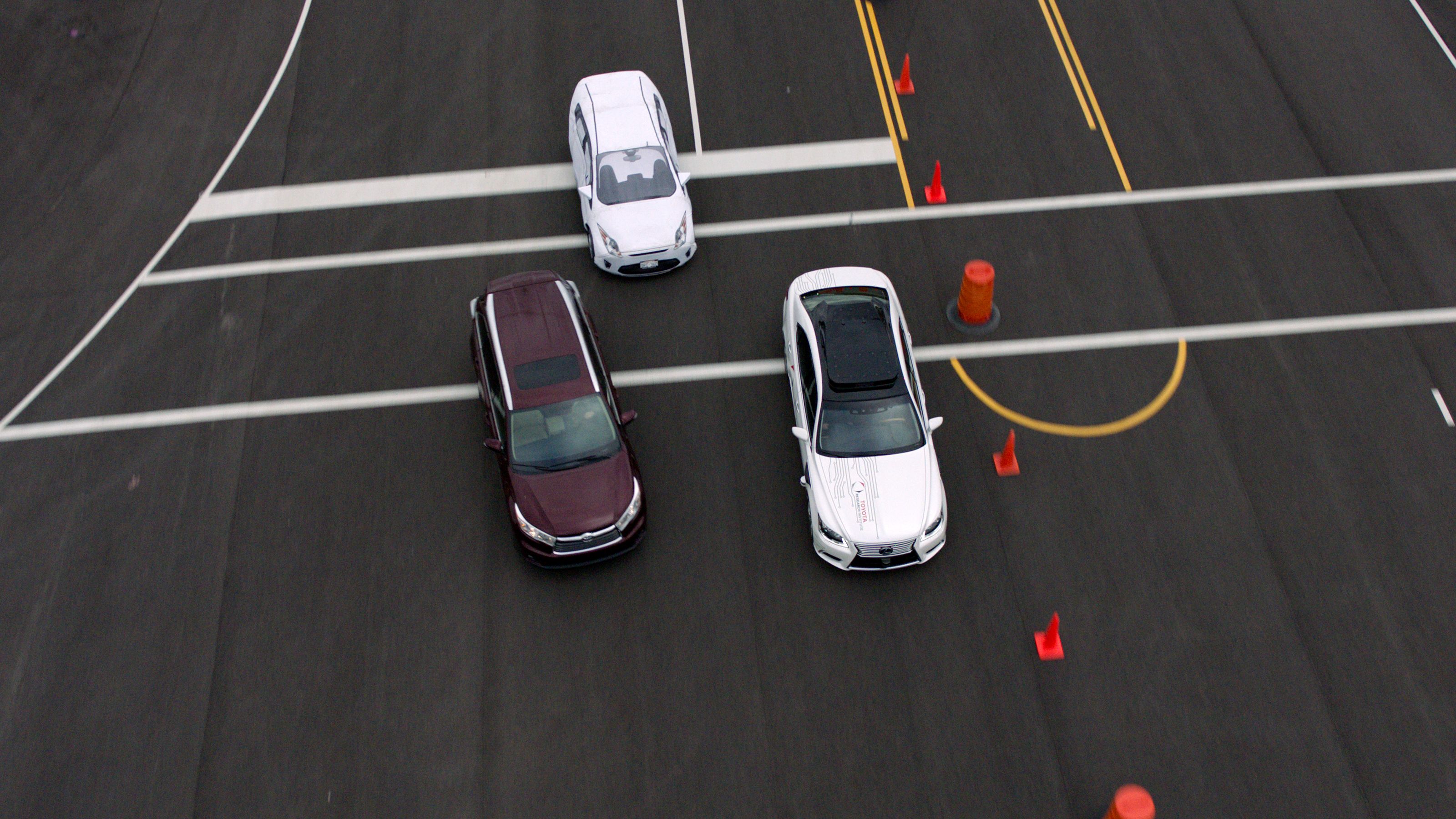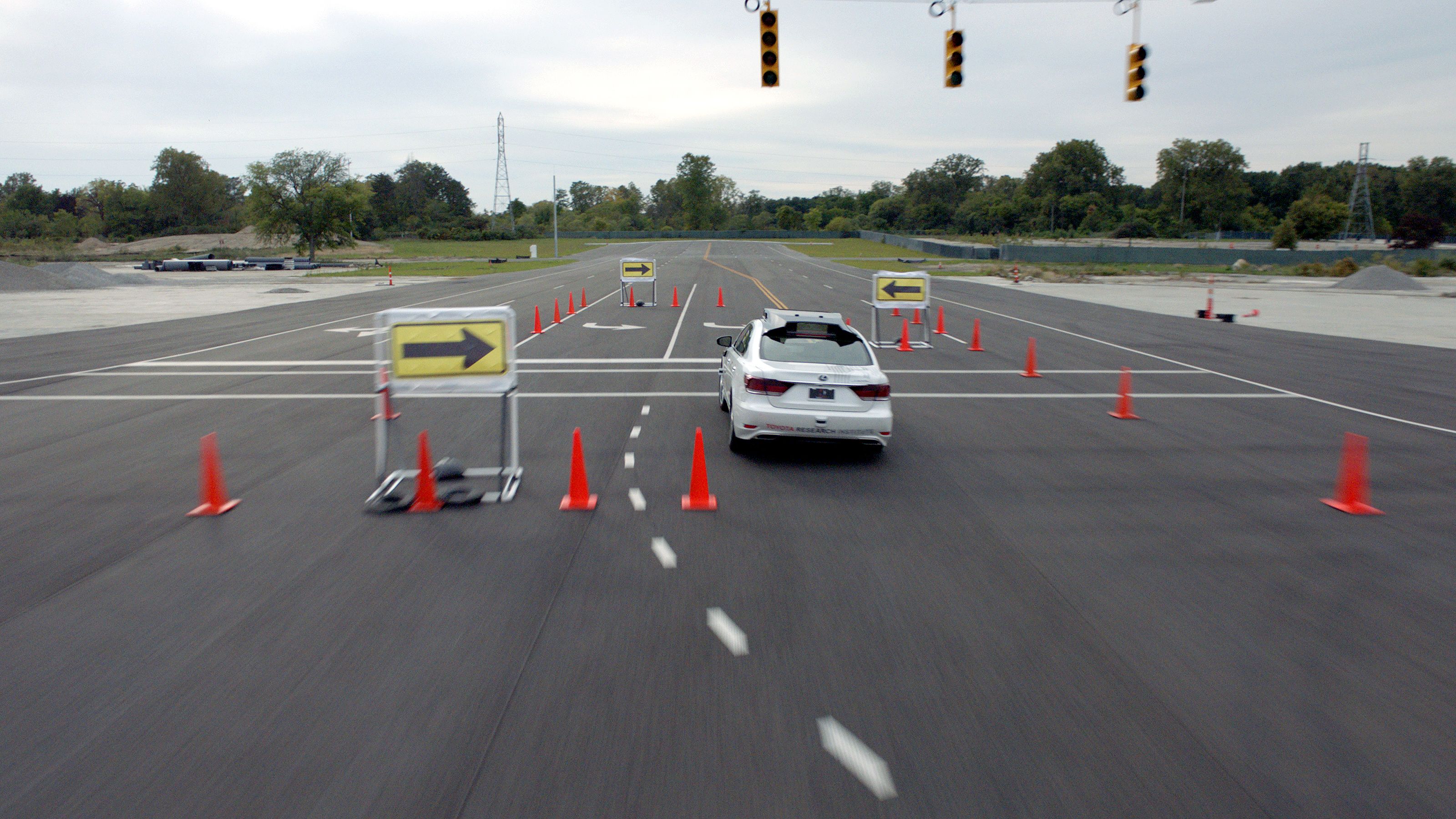Every automaker is working towards road and vehicular safety in some way or another. While most of them are doing it through autonomous technology, Toyota Research Institute had a breakthrough last year to fulfill its moral obligation towards road safety. In a nutshell, the technology, called “Guardian,” coordinates the skills of the human driver and the vehicle they’re driving. What’s even better is that Toyota intends to share this with other automakers as well.
Inspired Technology, Yet Very Effective
What They Had To Say
The technology is still a few years away, though. Speaking with reporters at the CES, Toyota Research Institute’s CEO, Gill Pratt, said that he wasn’t sure if they would license the software or a combination of hardware and software to automakers. He only noted that Toyota has the desire and intent to open this technology up to the rest of the automotive industry.
"It's a seamless blend of human and machine working together as teammates." "Our Guardian alerts the driver visually and audibly of imminent danger, and it avoids it by maneuvering out of the lane briefly, then returning to the original lane to avoid the obstruction," Pratt said. He also stated that “We were thinking about what would be good for society. We will not keep it proprietary to ourselves only. But we will offer it in some way to others, whether that’s through licensing or actual whole systems.”
Don’t Mix It With ‘Autonomy’ In General Sense
Although this seems like autonomy, Toyota has taken a dual approach it - one being the ‘Guardian’ and the other, ‘Chauffeur.’
Guardian Could Become a True Lifesaver
According to Toyota, ‘Guardian,’ unlike the ‘Chauffeur,’ is designed to amplify human control of the vehicle and not replace it. To show how it works, Toyota Research Institute showed a video at the Consumer Electronics Show of a three-car accident that included one of its self-driving research vehicles being driven in manual mode. However, the vehicle’s sensors were still capturing data.
Our Take
This seems like a Hybrid approach – neither fully autonomous, not fully manual. Even though the technology looks very promising on paper, we will know the actual results only when it is practically tested in the real-world. According to Ford, the self-driving cars and related mobility services could become a $10 trillion market within a few years.
Further reading
Read more technology news.




